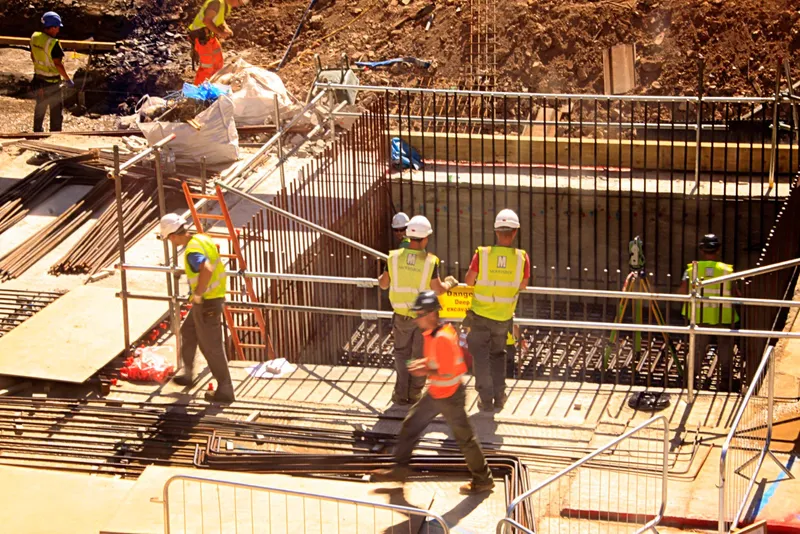How the construction industry can be more sustainable
08/04/2020

The construction industry has a hefty environmental footprint. It generates large volumes of CO2 and waste, and it consumes virgin resources at an alarming rate. While construction is a vital industry that provides buildings for us to live in and supports many human endeavours, much more could be done to ensure that this industry is operating in alignment with sustainability goals.
Whether you are starting a home renovation DIY project or building a skyscraper, here are four ways you can reduce the environmental footprint of your construction project.
Choose green building materials
There are a number of green building materials available for construction. For example, green building alternatives for concrete include bamboo, recycled plastic and hempcrete. Many of these materials are cheaper in the long-run than traditional concrete – structures made from recycled plastic can last 20 years longer than concrete structures. Even incorporating a single sustainable construction material into a construction project can significantly reduce the environmental impact of a building.
Find (and contribute!) reusable materials
Billions of tons of waste are produced every year by construction and demolition projects happening all over the world. One key way of reducing construction waste is to reuse it. The Environmental Protection Agency of the United States of America has emphasised the need to view materials generated during the construction and demolition of buildings as commodities. These commodities provide an inexpensive source of materials in new building projects and also reduce the need to harvest, mine and process new material. There are two key ways the construction industry can participate in reducing materials – they can buy and use material from pre-used sources and they can ensure that they are contributing material from their own demolition projects.
Use better methods: pre-fab and JIT
To build an entire building on site requires a number of machines and vehicles as well as on-site specialists. One way of reducing the emissions associated with these machines, vehicles and the transportation of specialists is to use modular, pre-fabricated components that can be installed at the permanent site. Then, the only emissions are associated with delivery and assembly. Studies have shown that pre-fabrication and off-site construction is quicker, more cost-effective and generates less CO2 overall.
Another method that can reduce construction’s environmental footprint is the Just-In-Time (JIT_ method. This method follows Lean Manufacturing principles and advocates for constructing exactly what the customer wants when they want it. Instead of ordering surplus materials “just to be safe”, sticking to exact quantities for a requested job will reduce waste – and reduce storage fees for the excess materials!
Think about the final product
Once construction is completed, the environmental footprint of the construction process is complete. However, the footprint of the building itself will live on – it will have to be heated and lit throughout its lifetime. Therefore, it is important for construction companies to also consider the environmental footprint of the end user. To lower a building’s environmental footprint, it should be properly insulated, it should have water-wise amenities, and it should have energy-efficient lighting. When possible, it should include energy-harvesting solutions as well, such as solar panels.
For more information about green building and green construction in New Zealand, visit the New Zealand Green Building Council website.







